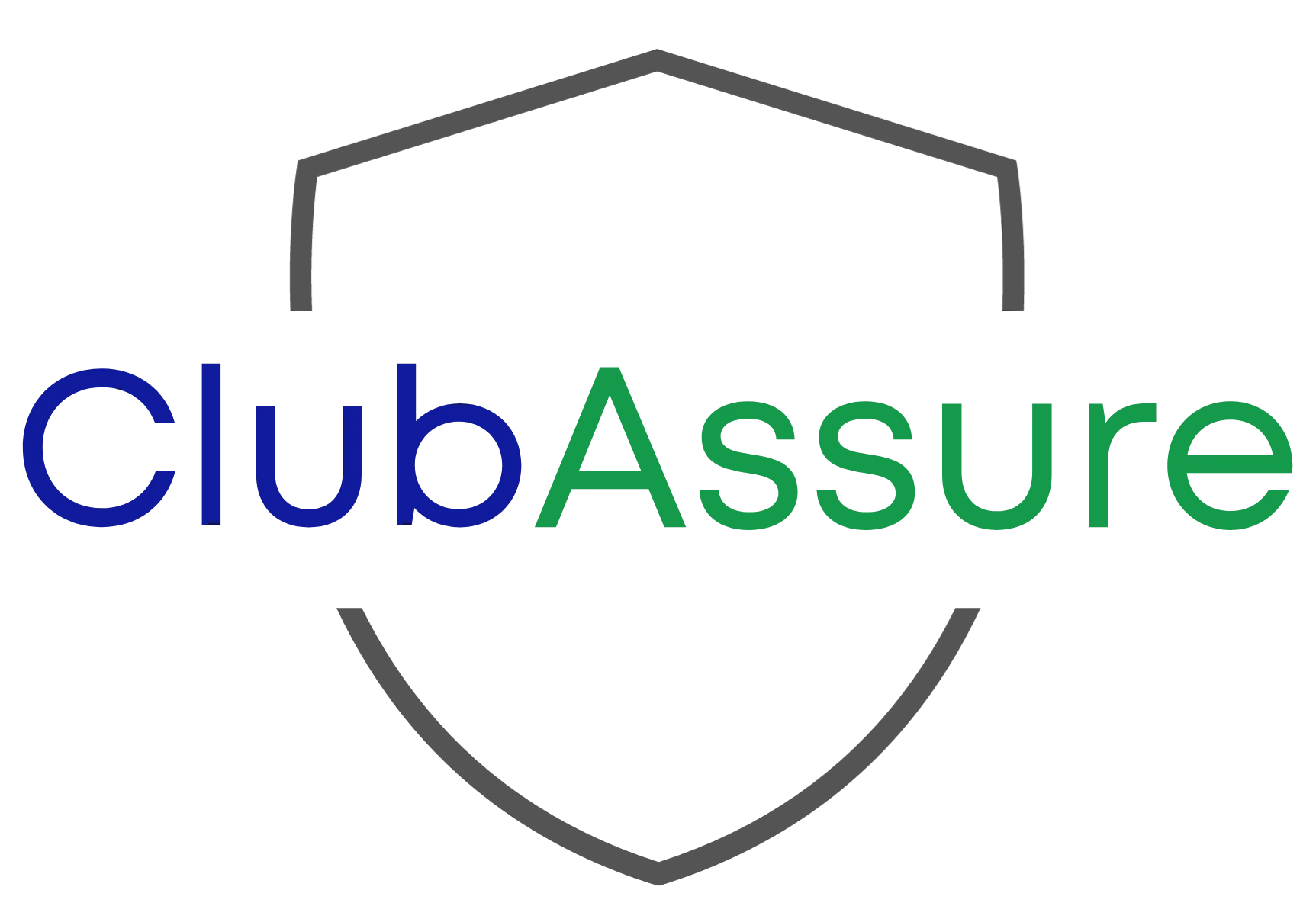Finance Glossary
Explore our finance glossary with straightforward definitions of key financial terms and concepts, helping you make smart decisions.
A
Asset Finance
A type of lending that allows businesses to purchase or lease equipment, machinery, or vehicles without paying the full cost upfront.
B
Balloon Payment
A larger-than-usual final payment made at the end of a loan or finance agreement, often used to reduce monthly payments.
Broker
An intermediary that compares finance providers and matches businesses with suitable funding options, often with access to exclusive rates.
Business Loan
A lump sum of money borrowed to support business needs such as expansion, cash flow, or equipment. Repaid over an agreed term with interest.
C
Capital Repayment
The portion of a loan repayment that goes toward reducing the principal amount borrowed (not the interest).
Cash Flow Finance
Funding solutions designed to help businesses manage day-to-day operating costs, such as invoice finance or overdrafts.
Commercial Mortgage
A long-term loan used to purchase or refinance business premises. Secured against the property itself.
Credit Line / Revolving Credit
A flexible borrowing facility that allows a business to draw funds as needed, up to a set limit, and only pay interest on what is used.
D
Debt Consolidation
Combining multiple business debts into one manageable loan, often at a lower interest rate.
E
Equipment Leasing
An arrangement where a business pays to use equipment over time rather than buying it outright. At the end of the term, they may return, upgrade, or purchase the equipment.
F
Finance Lease
A type of lease where the business uses an asset for most of its useful life and takes on the risks/rewards of ownership, without legally owning it.
Fixed Rate Finance
A loan or lease with an interest rate that stays the same throughout the term, offering predictable repayments.
H
Hire Purchase
An agreement to pay for an asset in instalments. Ownership transfers to the business after the final payment is made.
I
Interest Rate
The percentage charged by a lender on borrowed money. Can be fixed (unchanging) or variable (fluctuating with market rates).
Invoice Finance
A way for businesses to access cash tied up in unpaid invoices. Lenders advance a portion of the invoice value, improving cash flow.
L
Loan Term
The length of time over which a loan is repaid. Terms may range from a few months to several years.
M
Merchant Cash Advance
A funding option where a business receives a cash sum in exchange for a percentage of future card sales. Flexible repayments that align with income.
O
Operating Lease
A lease for short-term use of an asset where the item is returned at the end of the agreement—ideal for items that frequently become outdated.
Overdraft Facility
A credit line linked to a business bank account, allowing the company to withdraw more than the available balance up to an agreed limit.
S
Secured Loan
A loan backed by business assets (like property or vehicles), usually offering better rates due to lower risk for the lender.
U
Unsecured Loan
A loan not backed by collateral, typically based on the business’s creditworthiness. May have higher interest rates.
W
Working Capital
The funds a business uses for daily operations, calculated as current assets minus current liabilities.
